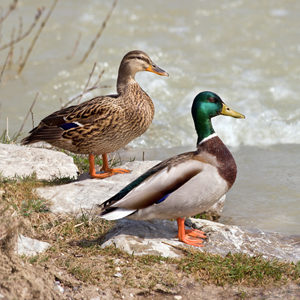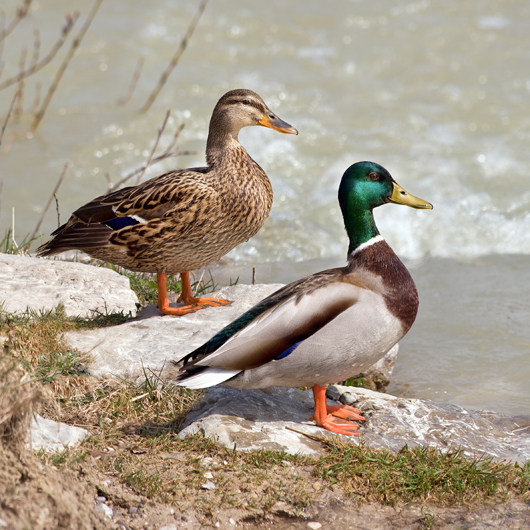
CHINCOTEAGUE, Va. (AP) – A museum on Virginia’s Eastern Shore is preparing to auction of its inventory of nautical items and waterfowl decoys.
The Refuge Waterfowl Museum in Chincoteague is holding a set of auctions in May and September from its collection after the museum owner’s death.
The local auction firm is billing it as the “largest and most prestigious decoy and nautical auction ever to happen east of the Mississippi.”
“We have been in the decoy business as it relates to auctions for 10 years and never, ever have we been associated with anything this large or this significant,” said auctioneer Zeb B. Barfield. “We believe the collection might sell in the half-million-dollar range, but we could easily go up to $700,000.”
Carvings by famed Eastern Shore carvers are among the 3,500 decoys being sold at the auctions on May 10-11 and again in September.
Businessman and hunter John Maddox started collecting after World War II and spent most of his adult life in pursuit of wooden wildfowl art. He died in December 2011.
Hundreds of the geese and ducks displayed began life as working decoys, yet became coveted examples of the decoy carver’s art. Row after row, shelf after shelf, each decoy came to the museum with a story, a history that enhanced its value for the collector deep in John Maddox’s soul.
His son Richard Maddox told The Daily Times that the family decided to close the museum and sell its collection because it wasn’t a money-making venture.
“This was something he was passionate about, eaten up with. It became a lifelong avocation for him,” said Richard Maddox, who is handling the sale on behalf of the family.
Richard Maddox said the family looked at several ways of disposing of the collection by donating it, even talking to the Smithsonian Institution. In the end, the family decided to keep a number of items and auction off the rest.
As decoys were cataloged and inventoried for the auction, Delbert “Cigar” Daisey, 89, asked if he could walk through the museum.
For almost 30 years, the 89-year-old Daisey was the resident carver, educating the beach crowd and the tourists on the particulars of his art as they toured this one-of-a kind museum.
Never had he been in the midst of such a large private collection, and he said he knew he’d never see the likes of its kind again.
# # #
Copyright 2013 Associated Press. All rights reserved. This material may not be published, broadcast, rewritten, or redistributed.
ADDITIONAL IMAGE OF NOTE



